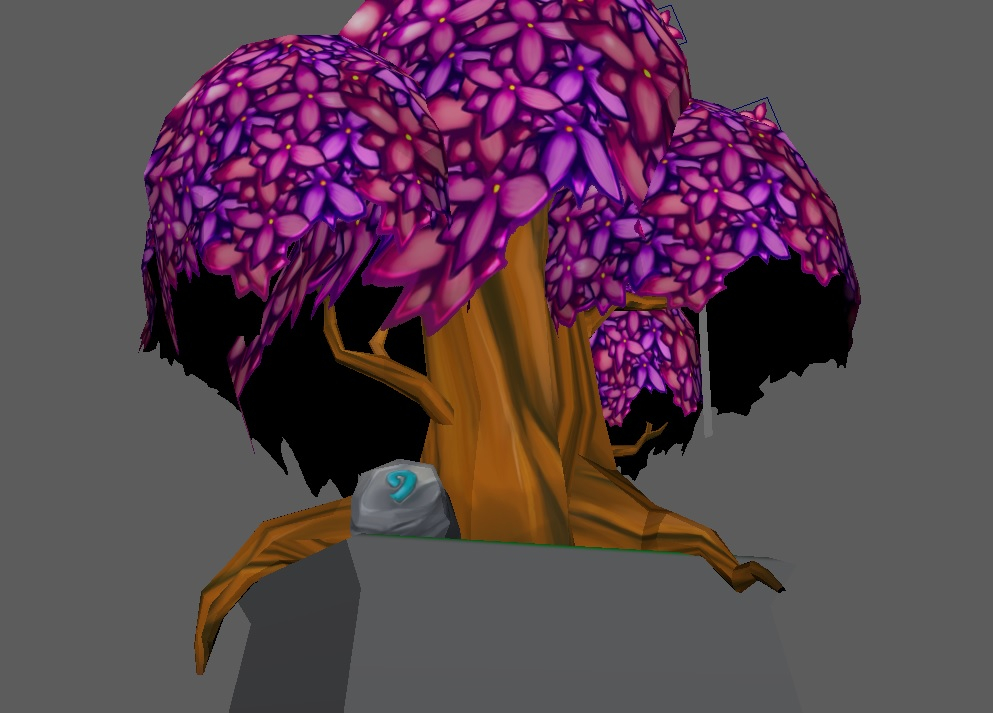The BRAWL² Tournament Challenge has been announced!
It starts May 12, and ends Oct 17. Let's see what you got!
https://polycount.com/discussion/237047/the-brawl²-tournament
It starts May 12, and ends Oct 17. Let's see what you got!
https://polycount.com/discussion/237047/the-brawl²-tournament
[Maya] What is your solution to making double-sided planes ?
Currently, my go to method when it comes to things such as grass and leaves is to duplicate the plane, reverse it, shift it down slightly and then merge the two planes together creating a single "plane but not really." I am wondering if there is a more elegant solution, particulary when it comes to rounded objects like this tree I'm working on below. The "duplicate/shift down" method doesn't seem to work as well for complicated shapes, and even scaling down the duplicated object doesn't seem to create a smooth transition.



Replies
It doesn´t matter if you merge the vertices at the borders or not. Since you will have a uv split at the border the geometries will be rendered seperate.
Now if I scale the second object slightly (-0.05) I get the desired result
The reason you're seeing all that black is because you've duplicated a two sided mesh and flipped the normals inwards. Just enable backface culling and you'll see that you won't really have to scale it at all (except for Z fighting).
Also for complicated meshes, you want to do a transformation along the normals of an object, lookup how to do that.
Literally in your example all you'll have to do is go to Lighting > Two Sided Lighting and you should see your texture correctly on both sides. When it comes to putting it in a game engine you'll want to find a similar setting and again, make sure backface culling is off.
Now this starts to get into a conversation about transmission of light through the leaves, but based on the supplied screenshot we're not going for photoreal here,and can avoid going down that rabbit hole.
So, if Two Sided Lighting is not available in your engine, you will get the most accurate lighting results by duplicating the crown of your tree and inverting the normals with backface culling enabled (in other words, both out and in facing cards are single sided). I would very strongly suggest that you DO slightly scale the crown vertices "in" using @m4dcow method of moving along the vert normal so the polygons do NOT reside exactly on top of each other as was suggested. Doing so and merging those polygons coplaner with each other will make your life hell later. Selection becomes a huge pain, polyCleanup will throw errors, and it is very difficult to undo that later, particularly if you haven't planned for it by offsetting UVs or creating selection sets.
If you absolutely must merge outward/inward planes together, definitely make sure you offset the UVs or create selection sets so you can easily re-select inside versus outside crown geo easily.
@TTools and @Axi5 Took your advice and did a quick render and it all worked out! Thank you !!